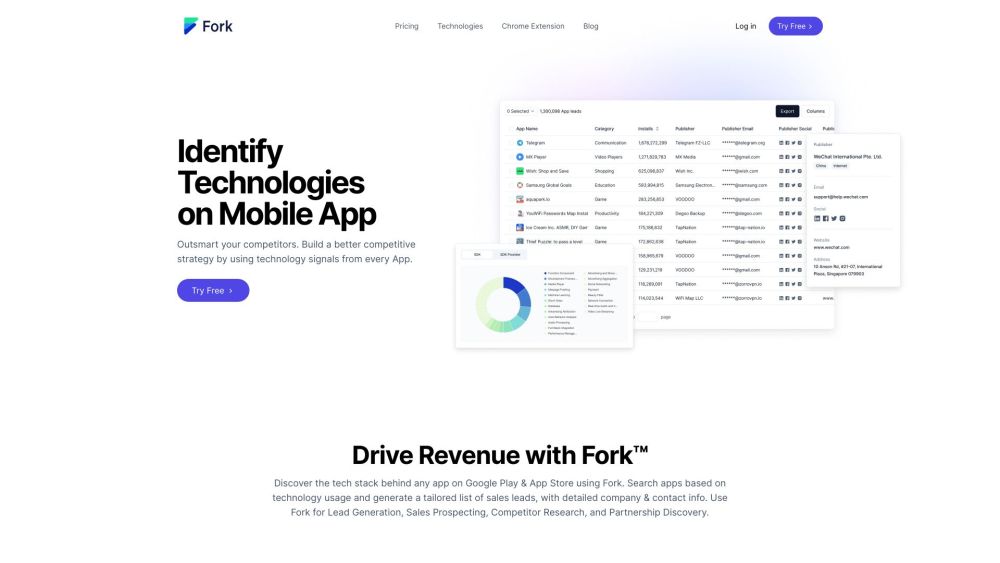For nearly twenty years, Chris DeWolfe and Aber Whitcomb—the visionary creators of the social network Myspace and gaming enterprise Jam City—have stayed at the forefront of emerging tech trends. This year, the seasoned tech entrepreneurs have shifted their focus to the burgeoning realms of Web3 and generative AI through their latest venture, Plai Labs. Backed by a16z, this startup is dedicated to developing innovative social platforms that empower users with AI tools for collaboration and connection.
Today, Plai Labs unveiled its free text-to-video generator, PlaiDay, joining the competition of generative AI video tools such as Google’s Imagen, Meta’s Make-A-Video, OpenAI’s DALL-E 2, and Stable Diffusion. What makes PlaiDay unique is its feature that allows users to personalize videos using their own selfies.
Imagine creating a short video of an animated version of yourself soaring over the Grand Canyon or engaging in epic battles with intergalactic foes. With PlaiDay, you can do just that. Simply upload a selfie and input a few words to generate a shareable, short-form video. Although current videos are limited to just three seconds, longer format options are already in the pipeline, along with added audio capabilities.
For instance, one example from the company used the prompt: “English Bobby, 1800s style, streets of London, close-up, lifelike.” While not exactly lifelike, PlaiDay effectively conveys realistic facial expressions, and the background figures move with a degree of smoothness—though they could use more natural motion.
However, the personalized video feature does have some quirks. For example, without a mustache in the selfie, the output may appear as though the facial hair is blending into the skin. Another user-generated example showcased on Discord exhibited a higher level of distortion, making it look somewhat eerie. To enhance the output, the team suggests using prompts like “close up” or “portrait of” to create more detailed facial representations, as PlaiDay currently excels in generating individual faces rather than groups.
There’s still a long road ahead before we see fully cinematic AI-generated videos on screens everywhere. However, PlaiDay's initial achievements are impressive and indicate significant potential for growth.
You can explore the personalized text-to-video generator first on the PlaiDay Discord server, with a broader rollout planned via a free app currently in alpha. PlaiDay will also include features like inserting yourself into TikTok videos, a text-to-image generator, image restyling options, caption text generation, and more. More updates about the app are expected in the following weeks.
“This is just the very beginning of what we envision for the future of storytelling,” co-founder and chief architect Jim Benedetto said. “Once you start inserting yourself into these AI videos, you can craft your own narratives.” Benedetto, who previously served as senior vice president of technology at Myspace, also co-founded content optimization startup Gravity, acquired by AOL in 2014.
The text-to-video generator operates on the company’s AI platform, internally code-named Orchestra, which utilizes a combination of proprietary and open-source models. This is just the first of many offerings from Plai Labs.
According to the team, Orchestra is a “versatile toolkit that enhances nearly any business. It employs reusable code blocks that allow both tech-savvy and non-tech-savvy individuals to create and deploy innovative AI applications swiftly—regardless of their industry.”
Plai Labs is determined to enable designers and product managers to integrate AI capabilities independently of engineers. “We’re excited because it allows a single product manager with a vision to create AI experiences that would normally require extensive teams,” added Benedetto.
Whitcomb also elaborated that the AI platform's uses extend beyond generative art; it’s poised to assist in marketing strategies, security monitoring, analytics, and beyond. “For example, you could generate numerous creatives through a diffusion process, analyze them with a neural net, and enhance them with speech-to-text for better indexing,” Whitcomb explained. “It’s adaptable enough to handle anything within the AI landscape.”
The as-yet-unnamed AI platform is set to become widely accessible in the coming months.
This latest initiative from Chris DeWolfe is a testament to the evolving possibilities in AI and social media, marking it as a significant player in the tech landscape.




